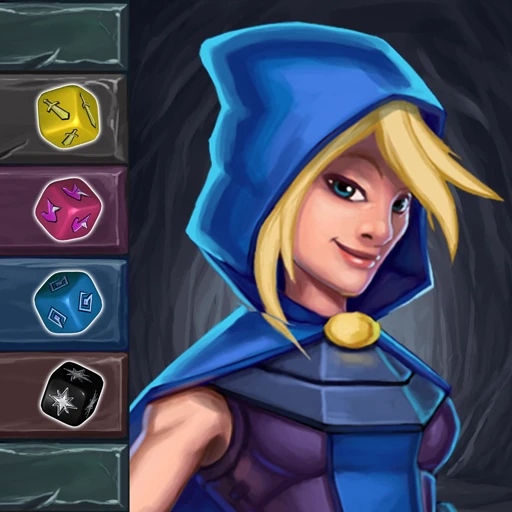 |
|
| Rating: 3.5 | Downloads: 50,000+ |
| Category: Board | Offer by: Handelabra Games |
One Deck Dungeon is a card-dungeon crawler and RPG game where players use a single card with monster stats to challenge procedurally generated dungeons. Belonging to the dungeon crawler and tactical RPG genres, its core appeal lies in its unique mechanics and endless replayability. Players strategically deploy weak monsters to level up and unlock powerful upgrades, making each playthrough a fresh experience.
The game’s visual style is colorful and minimalist, presented as simple line drawings of monsters and dungeon tiles. The third-person, top-down view keeps things clean and focused on strategy. While it doesn’t feature an elaborate storyline, its deep progression system and countless variations on the core dungeon-running formula offer compelling replay value, making One Deck Dungeon an addictive pick-up-and-play title.
Gameplay and Features
- Core Gameplay Loop: Players place weak monsters into a dungeon and command them to defeat stronger creatures. Clearing rooms awards XP, which can be used to level up any defeated enemy, granting stat bonuses (Attack, Defense, HP). The goal is to strategically deploy these upgraded monsters to clear floors faster and deal more damage.
- Visuals or Art Style: The game boasts minimalist, pleasingly colorful designs with each monster featuring unique sprite sheets displaying attack, defense, and movement types. Upgrades often alter the monster’s appearance in creative ways.
- Modes or Levels: It offers single-player campaign with procedurally generated dungeons, local co-op for playing with a friend on the same device, and persistent save files. Hundreds or even thousands of dungeon layouts are theoretically possible, offering massive replayability potential.
- Controls or Interface: Played primarily via touch controls on mobile, the interface is intuitive – use the on-screen keyboard or swipe gestures for menu navigation. In-game, touch and drag handles card placement and interaction, ensuring ease of control.
- Customization or Power-ups: Unlocked XP can modify monster stats with over 40 different attributes (Attack, Break, Dodge, Crit, etc.). While initially passive, the free shop allows purchasing upgrades and cosmetic items, providing clear progression incentives.
- Persistent Dungeon System: Each run remembers which floors have been cleared and which monsters have been discovered. A “Perfect Run” system rewards players based on efficiency metrics like XP-to-Time ratio.
How to Play
Beginner’s Guide:
- Step 1: Start the game and select “Single Player”. Choose your starting dungeon level and scroll across the “Hall of Knowledge” to choose your initial minion card by tap-and-hold or simple touch.
- Step 2: Deploy your starting monster into the first room, use basic Attack or Break actions. Collect XP from defeated enemies and let 1-3 defeated monsters level up before proceeding.
- Step 3: Use the gold earned from rooms to upgrade your dungeon stats. Repeatedly complete runs, strategically place low-level upgraded monsters, and try to reach higher floors by posting quest completion percentages.
Pro Tips:
- Enemy Level Strategy: Prioritize min-maxing (“mid-sized” minions). Start fights cautiously and use one very weak monster to clear the first floor for maximum XP efficiency without risking higher-level equipment early on.
- Critical Break Mix: Always maintain at least 1-3 Break-capable monsters alongside regular Attackers. This efficiently dispatches tougher guards hidden within otherwise easy rooms.
- Perfect Run Optimization: Run multiple times (especially from Hall of Fame) to target specific rarity bosses. Clear floors aggressively once key upgrades are found but use slower progression initially to gather enough XP for purchasing items.
Similar Games
| Game Title | Why It’s Similar |
|---|---|
| Cave Story |
Shares the horizontal-scrolling dungeon crawler genre. Known for challenging enemy waves and non-stop progression across large, procedurally unique tunnel systems. |
| Bastion |
Appeals to the same type of players. Offers mature story presentation and gorgeous hand-drawn art alongside deep tactical combat within randomly generated levels. |
| Dead Cells |
Popular among fans of One Deck Dungeon’s permadeath element. Has comparable deck building and progression systems combined with challenging, fast-paced crawling on a grid-based map. |
Frequently Asked Questions
Q: How many dungeon layouts are there in One Deck Dungeon?
A: Technically infinite! The game uses robust procedural generation. Officially, a “Perfect Run” is capped at floor 2550, taking roughly a year to complete at current speeds while earning base stats up.
Q: Can I lose the game without quitting?
A: Yes, by strategically distancing yourself from high-percentage goal completions, storing gold in shops you cannot afford to spend from, or writing on the endgame “sleeper achievement” goal. It’s contrary to unlocking the game’s final possible features.
Q: Are there hidden bosses or rewards?
A: Absolutely! You’ll find a special “Bee” or “Queen” type structure periodically, which looks like regular rooms but occasionally spawns powerful hidden creatures. Most significant “achievement” items are awarded alongside the game’s hardest areas.
Q: How can I challenge a friend’s local game on older devices?
A: A dedicated 3DS version exists, allowing true local wireless co-op. For older DS iterations, no wireless support was available, although Bluetooth master-slave devices worked more technically as co-op setups.
Screenshots
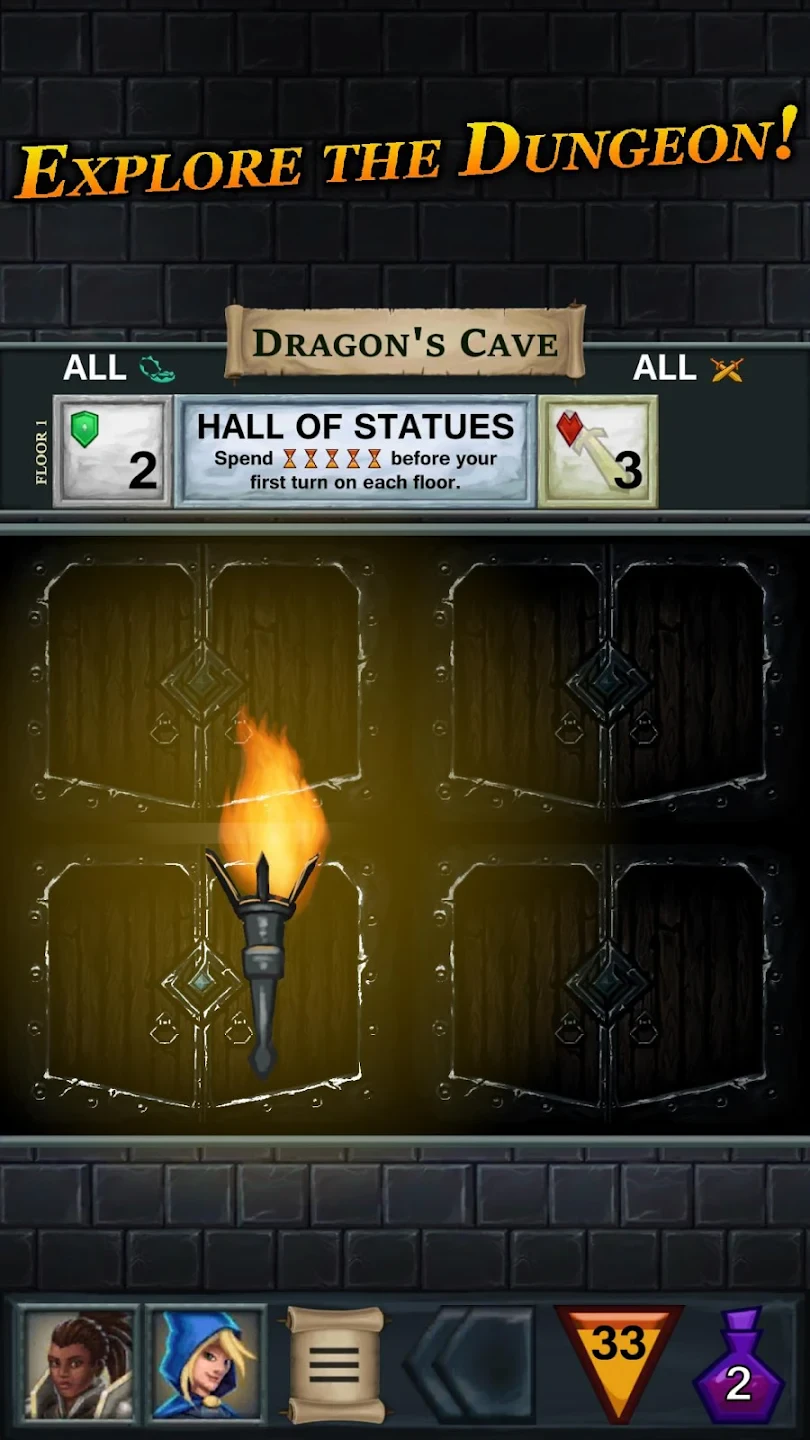 |
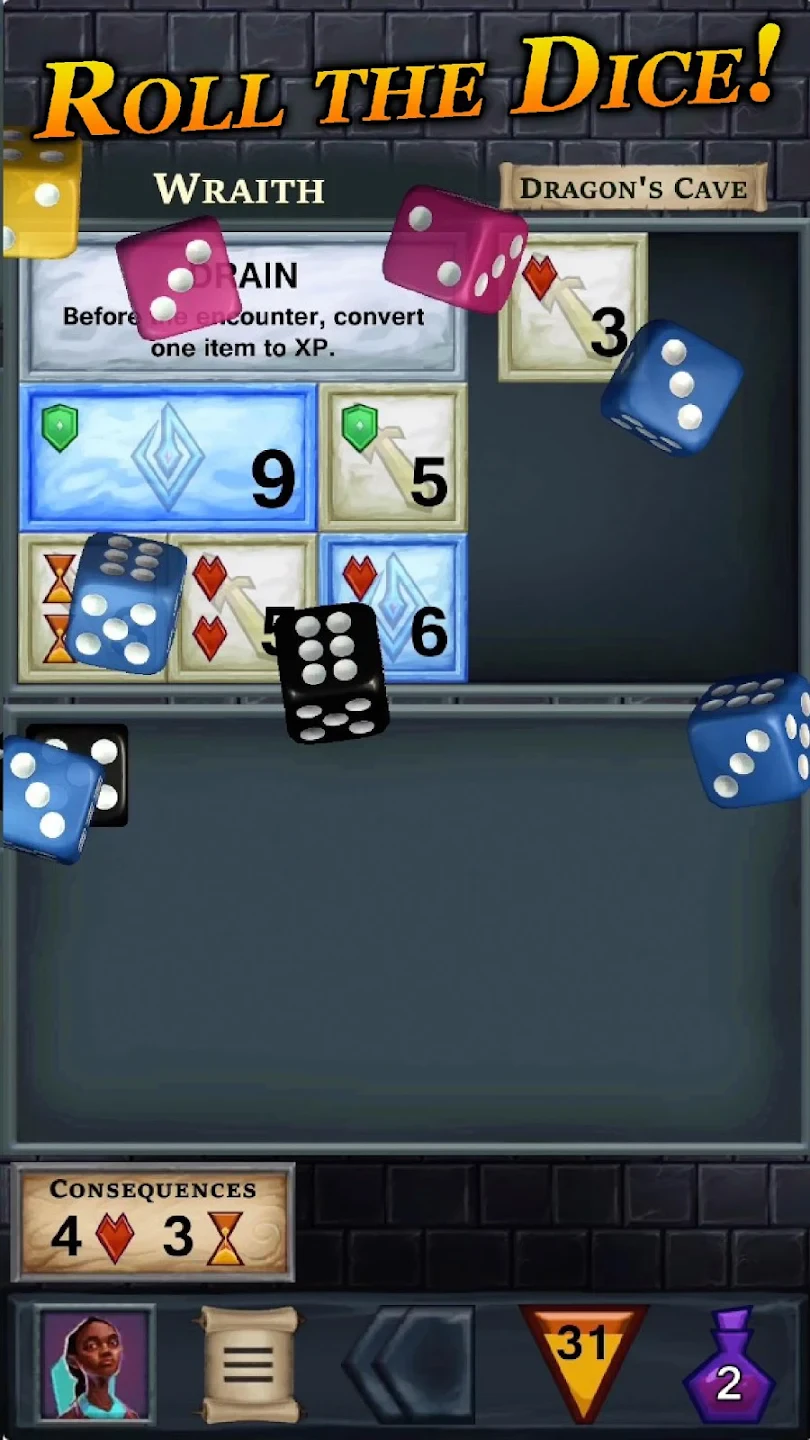 |
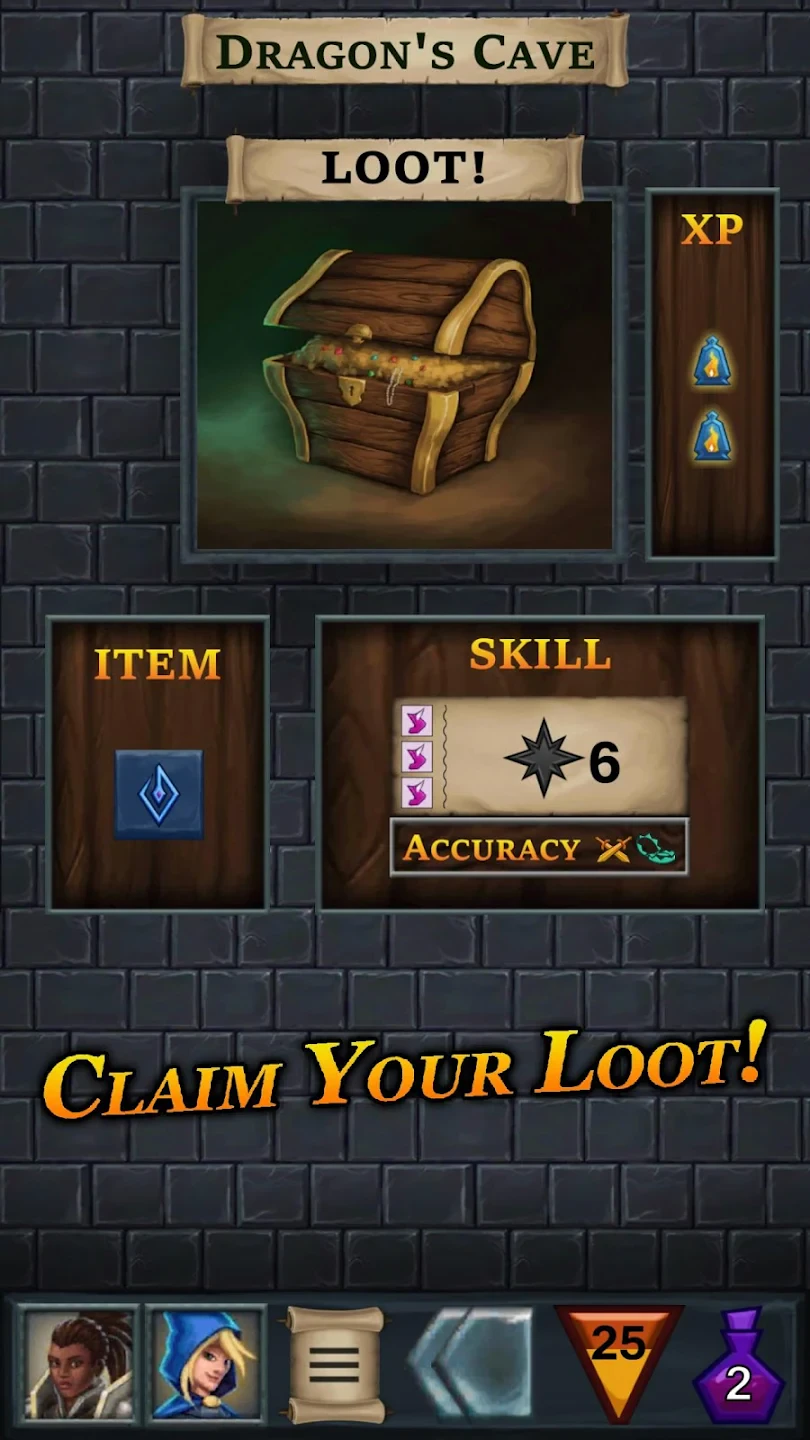 |
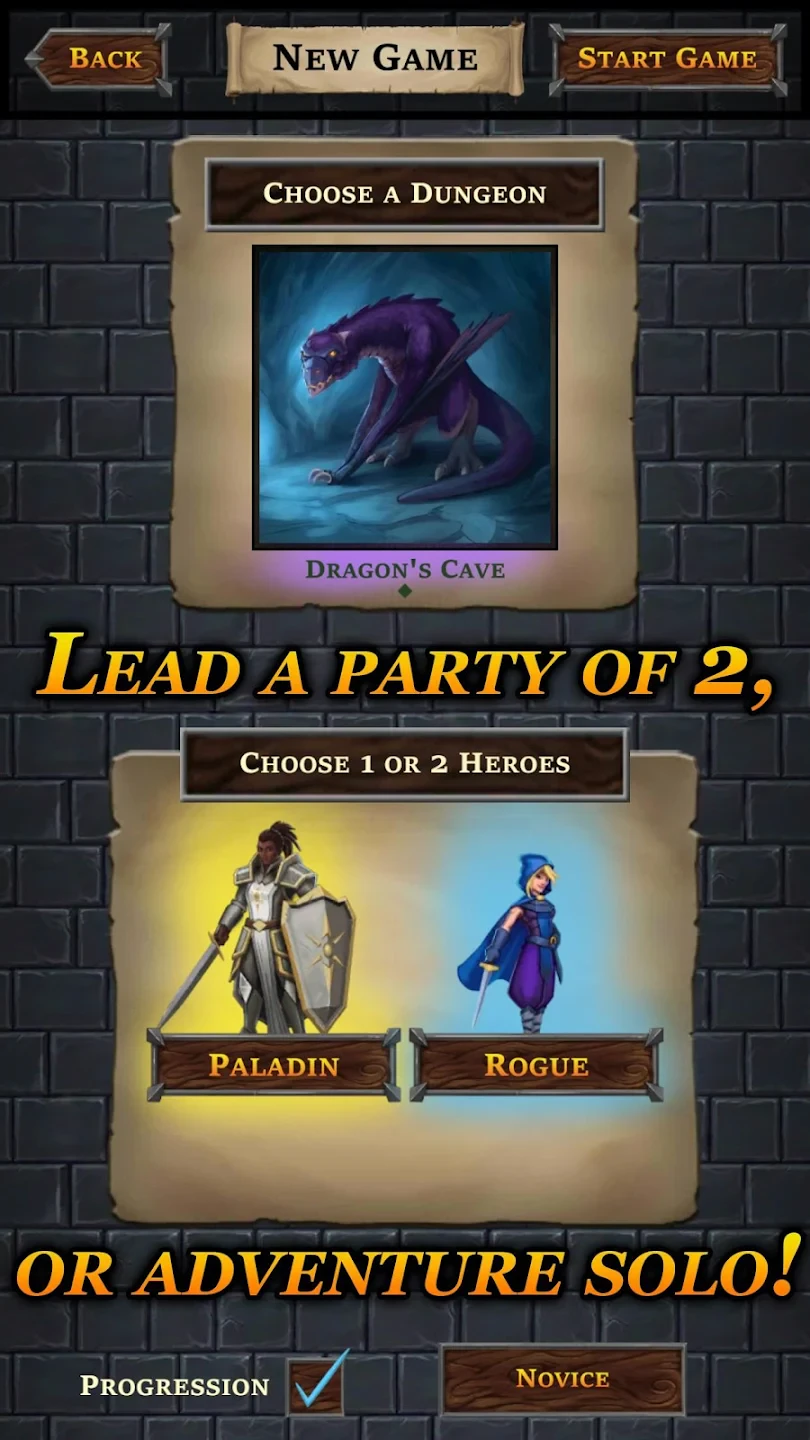 |
